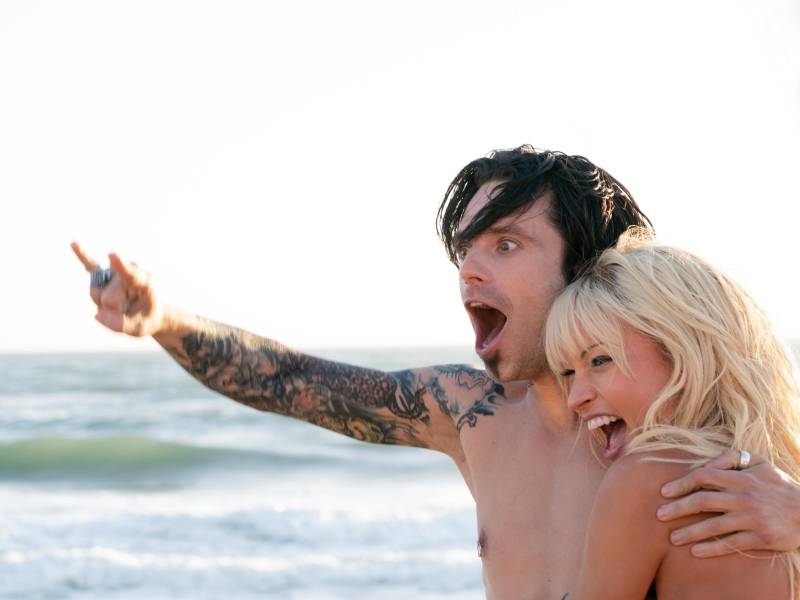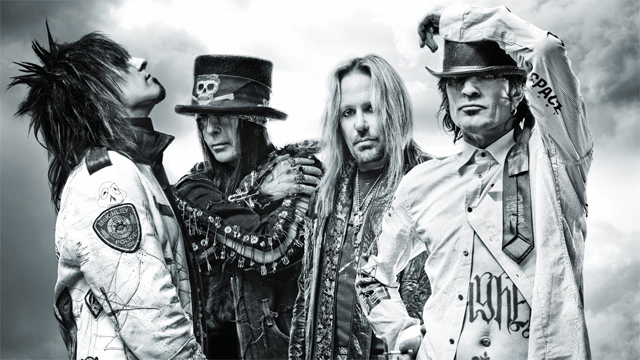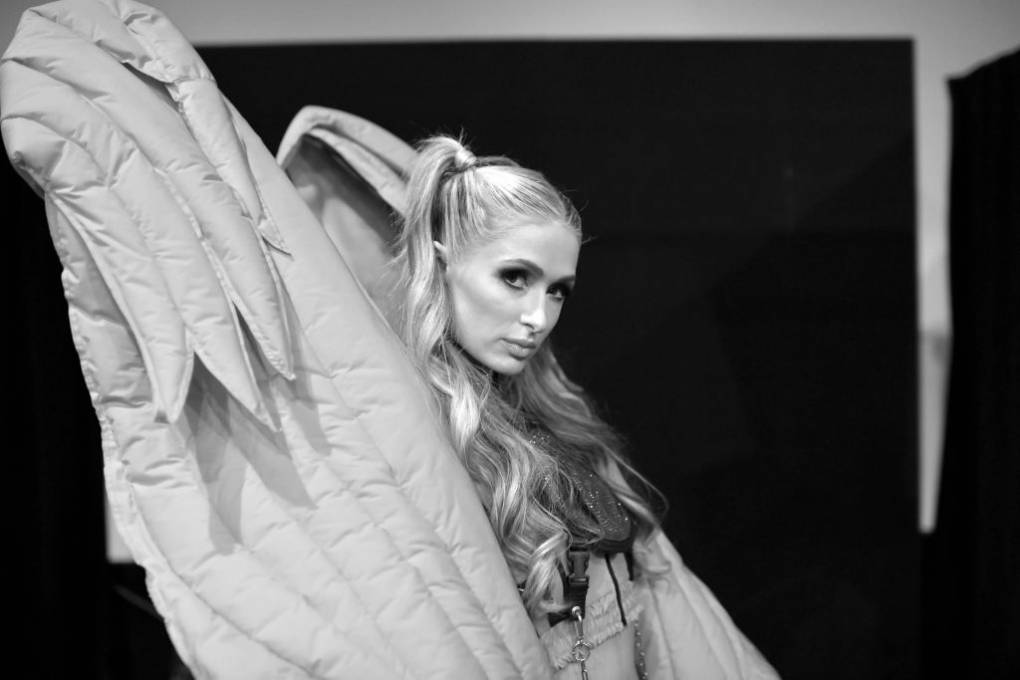The first episode sets up the impetus for the tape’s leak: Rand Gauthier (Seth Rogen), a contractor remodeling Tommy and Pam’s sprawling mansion, is pushed to the edge by Tommy’s outrageous demands. The rock star, who frequently proclaims “money is no object,” also hasn’t paid Rand and his partner for their supplies and labor, and owes them tens of thousands of dollars. When they confront Tommy about payment, they’re fired. And when Rand returns later to pick up the tool box he left behind, Tommy refuses to return it to him, escorting him off the premises at gunpoint. Rand, humiliated and pissed (a lethal combination), plots out his revenge.
Rand manages to steal Tommy’s safe from his garage, and stumbles upon the tape that will upend his life and its creators’ forever. He partners up with the pornographer known as Uncle Miltie (Nick Offerman, smarmy as ever) and they set up an operation where they advertise the video on the world wide web, and sell copies of the VHS to horny voyeurs all across the country.
Pam & Tommy zig-zags through the perspectives of Rand and the violated couple, amidst a swirl of stylish editing, needle drops, and whimsical narrative choices. In one scene, Tommy has a conversation with his own, er, appendage, which is anthropomorphized and voiced by Jason Mantzoukas, because, why not? Rogen is a snug fit for Rand, an unremarkable guy who clings to an intense belief in karma until his encounters with the maniacal rock star make him feel otherwise. (“I am karma, and I’m a b—-,” he proclaims the moment he decides to turn from sympathetic beleaguered dude to villain.) The actor doesn’t usually play characters to actively root against—and in 2022, we should all be rooting against guys like Rand—but he does have a knack for playing average joes who find themselves in over their heads under extremely heightened circumstances, and it works.
But the story really belongs to Pam, and, to a slightly lesser extent, Tommy. As the ill-fated pair, James and Stan manage to find groundedness alongside their characters’ exaggerated public personas as flighty blonde sex symbol and dimwitted, erratic rock star. Sure, their whirlwind courtship is depicted as anyone rational from the outside looking in probably sees it: silly and doomed from the jump. (They were married just four days after that initial meet-chaotic.) Yet Pam & Tommy presents their relationship as emerging from a genuine place of mutual sexual and intellectual attraction, and Tommy frequently plays the role of over-the-top cheerleader as his wife attempts to expand her career beyond Baywatch. (Though there’s a bit of an A Star is Born trajectory going on here. As unlucky strangers he encounters learn, be careful what you say to him about his own pursuits; Mötley Crüe hasn’t had a hit in years and it’s a sore spot for Tommy.)
As is often the case, though, Tommy threatens to derail her career with his penchant for getting into bar brawls. And once the tape breaks into the national spotlight, however, the ties that bind them begin to fray. Pam is deeply embarrassed and horrified as late-night hosts and random strangers reduce her to little more than a bimbo. Meanwhile, Tommy is seen as the hero who gets to have sex with the world’s biggest sex symbol and envied for his apparent well-endowment.
James is excellent as the Baywatch star, channeling her as at once extremely vulnerable and exceptionally astute. Pam is consistently pushing back against the sexism and dismissiveness she faces from everyone in her life, Tommy included. “This is worse for me,” she says to him about the tape. “It’s not because of my ‘big career,’ it’s because I’m a woman.”




9(MDAxOTAwOTE4MDEyMTkxMDAzNjczZDljZA004))

